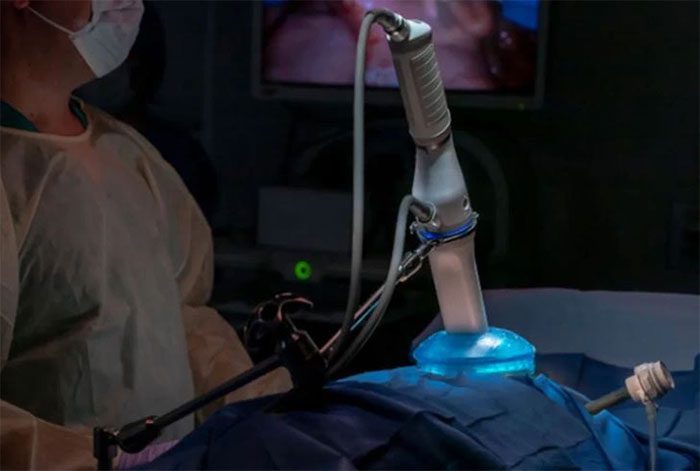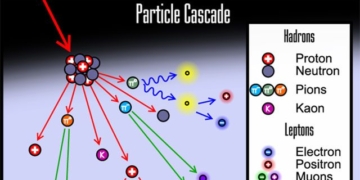The first remote surgery on the International Space Station (ISS) lasted about 2 hours, with 6 surgeons operating a robot equipped with a camera and 2 arms.
Last weekend, surgeons on Earth remotely controlled a small robot on the International Space Station (ISS), performing the first such surgery in orbit, albeit only as a test on rubber simulation models.
The robot involved in this trial, named SpaceMIRA, was developed by medical technology manufacturer Virtual Incision (VIC) and the University of Nebraska (USA).

In the future, robots could perform surgeries in remote locations, including space – (Photo: Virtual Incision).
The robot was housed in a compact box the size of a microwave and was sent to the ISS in late January this year via a SpaceX rocket. On February 8, astronaut Loral O’Hara from NASA, who has been aboard the ISS since September of last year, installed the robot.
The test surgery was conducted on February 10 from the headquarters of Virtual Incision in Lincoln, Nebraska. The surgical procedure lasted about 2 hours, with 6 surgeons operating the robot equipped with a camera and 2 arms.
Virtual Incision stated that this surgery tested standard surgical techniques such as gripping, manipulating, and cutting tissue. The simulated tissue was made from rubber bands.
The main challenge was the time delay – approximately 0.85 seconds – between the command center on Earth and the ISS. For the control experiment, a similar process will be conducted using the same equipment, but on Earth.
In a shared video, a robotic arm equipped with forceps can be seen gripping and pulling a strip, while the other arm, equipped with scissors, performs a cut – simulating the surgical process.
Virtual Incision emphasized that this special surgery was considered a significant success by all surgeons and researchers involved, with almost no glitches, marking a new advancement in the development of space surgery techniques.
This method could be beneficial for medical emergencies during long-duration crewed space exploration missions, such as those to Mars. Additionally, this technique may also be used to develop remote-controlled surgical methods on Earth, catering to remote areas.
NASA, which provided partial funding for the project, noted that as space missions become longer, the demand for emergency care may increase, including medical treatment ranging from simple wound care to more complex surgeries.




















































